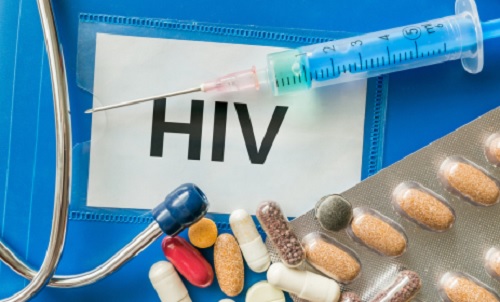
But it poses an inconvenient question: is it expanding choices for the people?
ANALYSIS | SHOBHA SHUKLA | Any new HIV prevention method is not meant to sit on the shelf but to be used by the people who need it to protect themselves from HIV. We have to ensure that new HIV prevention technologies that are coming out of the scientific research pipelines, are accessible to people everywhere – especially those who are more at risk of HIV acquisition.
Jim Pickett, a Senior Advisor for the AIDS Vaccine Advocacy Coalition (AVAC) who directs their Choice Agenda programme focused on HIV prevention research and its implementation, has passionately called for translating scientific gains into public health outcomes – not with delay, but with equity and justice.
When asked what has changed between 2018 and now, he said: “COVID-19 reshaped our entire world. Traumatizing as it was, it also changed some things for the better, I think, globally. We got better at finding new ways to deliver healthcare. We also learned that we could develop a vaccine quickly and that was a win. But we failed to deliver it equitably in many parts of the world.”
Jim was speaking with CNS at the 5th HIV Research for Prevention Conference of the International AIDS Society (IAS) in Lima, Peru.
Sadly, equity and justice are not driving our health responses. “We have had some exciting scientific developments in the HIV prevention space. We have cabotegravir- a once-in-two months injection that can prevent HIV. But accessibility is a different issue. It is available in our country, but it is extremely expensive. It is also complex to deliver. So the number of users is very low. It is available, but not accessible for many,” he said.
Imagine the injustice: people of countries which participated in the clinical study of lenacapavir for a greater common good, will not be able to get the best of benefits when it comes to its rollout, as of now.
A choice should be accessible
Science finds new tools to create new HIV prevention options for people, but then to have success in terms of making it accessible to all so that we can reduce new HIV infection rate, continues to remain a struggle.
“While I am really excited for these new choices that we will have, I am also frustrated that they will not be real choices, unless people can truly access them. There is no change in the game if you cannot get on the field, and there is no ‘transforming’ anything if that drug looks really good on paper, and then it sits on a shelf, and the people, who really need it, do not have access to it. It needs to be cheap, affordable, and accessible to everyone anywhere in the world. We definitely need to have some strategy for this,” he added.
We cannot put profit above people’s health
“The focus of pharmaceutical companies is on their shareholders and on making money. But public health is not about profit; it is not about money; it is about rights-based access – for everyone, regardless of their means. So there is a conflict of interest in that relationship. We need people at the negotiating table who want to fix this. So, community involvement from the very beginning is very important. It is about having all hands on deck, I think everyone who is involved- from every community person, organisations, governments, policy makers, funders, pharmaceutical companies, we have to hold them accountable,” rightly said Jim.
Take the example of Lencapavir. “It does not need to be priced over US$ 40,000 per person per year to be profitable. We are not asking pharmaceutical companies to do this for free, but do they deserve rewards that are exponentially beyond profit and just so high that it can bankrupt health systems? Or make health systems say that it is beyond their financial capacity to pay that kind of money? We cannot bankrupt our health system for one innovation when we have multiple health needs for the community. We cannot subsidise products that are so grossly expensive. We do not know how much the price of lencapavir will be decreased through voluntary licensing by the generic manufacturers who are also for-profit companies. So there is a lot to do to make sure that when it moves forward and it gets produced, it is priced in a way that is affordable for the people,” he said. Even in richer nations like USA problems and disparities plague the development response.
He is right. All health and development enshrined in promises our governments have made are also contributing towards HIV prevention, support and care. We, the people need to connect the dots and call for integrated development responses that are socially just.
****
Shobha Shukla is the award-winning founding Managing Editor and Executive Director of Citizen News Service.
Source: Citizen News Service
 The Independent Uganda: You get the Truth we Pay the Price
The Independent Uganda: You get the Truth we Pay the Price



